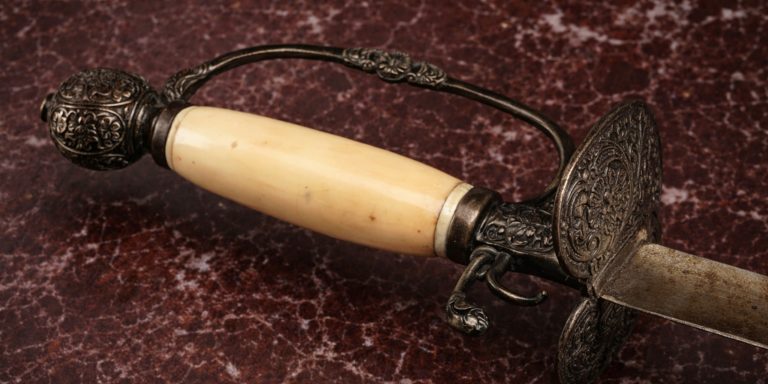
Henry Every, also known as Henry Avery, is one of the most elusive and legendary pirates of the Golden Age. Born around 1659 in Devon, England, Every served in the Royal Navy before turning to piracy in the 1690s. His most notorious act was the capture of the Mughal treasure ship Ganj-i-Sawai, which made him the richest pirate of his era and sparked international outcry.
While many pirates met grisly fates, Every vanished from history after his final voyage, leading to decades of speculation. He was nicknamed the “Arch Pirate” by contemporaries and “The King of Pirates” by later chroniclers.
Life Before Piracy
Every began his maritime life serving on English naval and merchant ships. He eventually took employment aboard the Charles II, a Spanish privateering vessel under English command. In 1694, while anchored off the coast of Spain and unpaid for months, Every led a successful mutiny. He renamed the ship Fancy and sailed to the Indian Ocean in search of lucrative prey.
The Ganj-i-Sawai Heist
Every’s most infamous act came in 1695, when Fancy joined a small pirate fleet near the Arabian Sea. Their target: the Mughal Empire’s annual pilgrimage fleet returning from Mecca. Among the ships was the Ganj-i-Sawai, an immense treasure galleon owned by Emperor Aurangzeb.
The Ganj-i-Sawai was heavily armed and escorted, but Every outmanoeuvred the fleet. After a fierce battle, the pirates overpowered the defenders. What followed was a brutal looting, with reports of torture and abuse committed against those on board.
The value of the haul is uncertain but estimates range from £200,000 to over £600,000 in precious metals and goods, an astronomical sum at the time.
Weapons and Tactics
Henry Every’s crew used conventional naval weaponry of the time:
- Flintlock pistols and cutlasses during boarding.
- Cannons mounted on Fancy, effective for long-range broadsides.
- Grappling hooks and boarding planks to close in on targets.
Every was considered a calculated and effective tactician. Unlike some of his contemporaries, he prioritised well-timed attacks over brute force.
The Fate of Fancy
After the Ganj-i-Sawai raid, Every and his crew sailed to the Bahamas, hoping to launder their riches and avoid retribution. He then sold Fancy, which had been refitted into a fast and deadly raiding vessel—for parts.
From there, Every vanished. Some accounts suggest he settled under an alias in Ireland or the West Indies. Others claim he was betrayed, robbed of his fortune, and died in poverty.
Bounty and Manhunt
The raid on the Mughal treasure fleet provoked an international diplomatic crisis. The Mughal Emperor demanded justice, threatening the East India Company’s trading rights.
In response, the English government issued one of the first global manhunts. A bounty of £500 was placed on Every’s head, an immense sum at the time. Several of his crew were captured and hanged in London in 1696. Every, however, was never found.
Treasure and Legacy
The treasure taken from the Ganj-i-Sawai became legendary. Despite the vast amount looted, little of it was ever recovered. This has led to countless tales of buried pirate gold, though no credible find has ever surfaced.
Every’s story entered folklore, fuelling ballads, penny prints, and early pirate fiction. His reputation grew in the 18th century, with some hailing him as a Robin Hood figure. A 1709 book titled The Life and Adventures of Capt. John Avery helped popularise his myth, though it blended fact with fiction.
Contemporary Quotes
“Such villainy never was done upon the seas” – Statement from the Mughal court regarding the Ganj-i-Sawai raid.
“Captain Every is a Man of no Nation, for he owns none” – English pamphlet, 1696.
“The richest who ever sailed… and vanished with the Devil’s luck” – British naval officer, 1702.
The Seven Swords takeaway
Henry Every stands apart from most pirates of his age. He pulled off one of the most profitable pirate raids in history and slipped away, leaving no trial, no gallows, and no grave. His name became legend not because he died a martyr or turned folk hero, but because he simply disappeared with more gold than any pirate before or after.
His story remains one of piracy’s most intriguing mysteries, both in terms of fortune and fate.
Watch the documentary:



